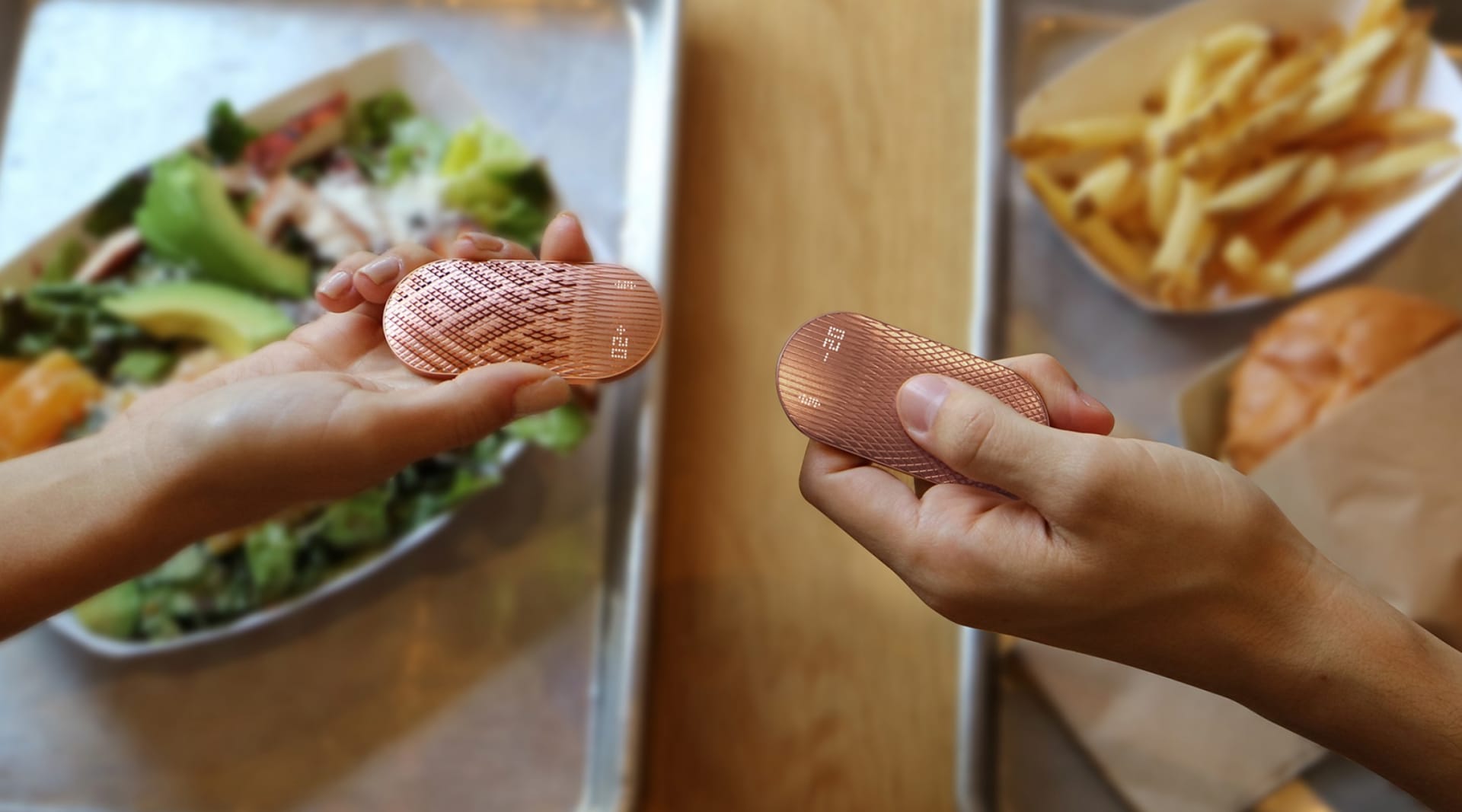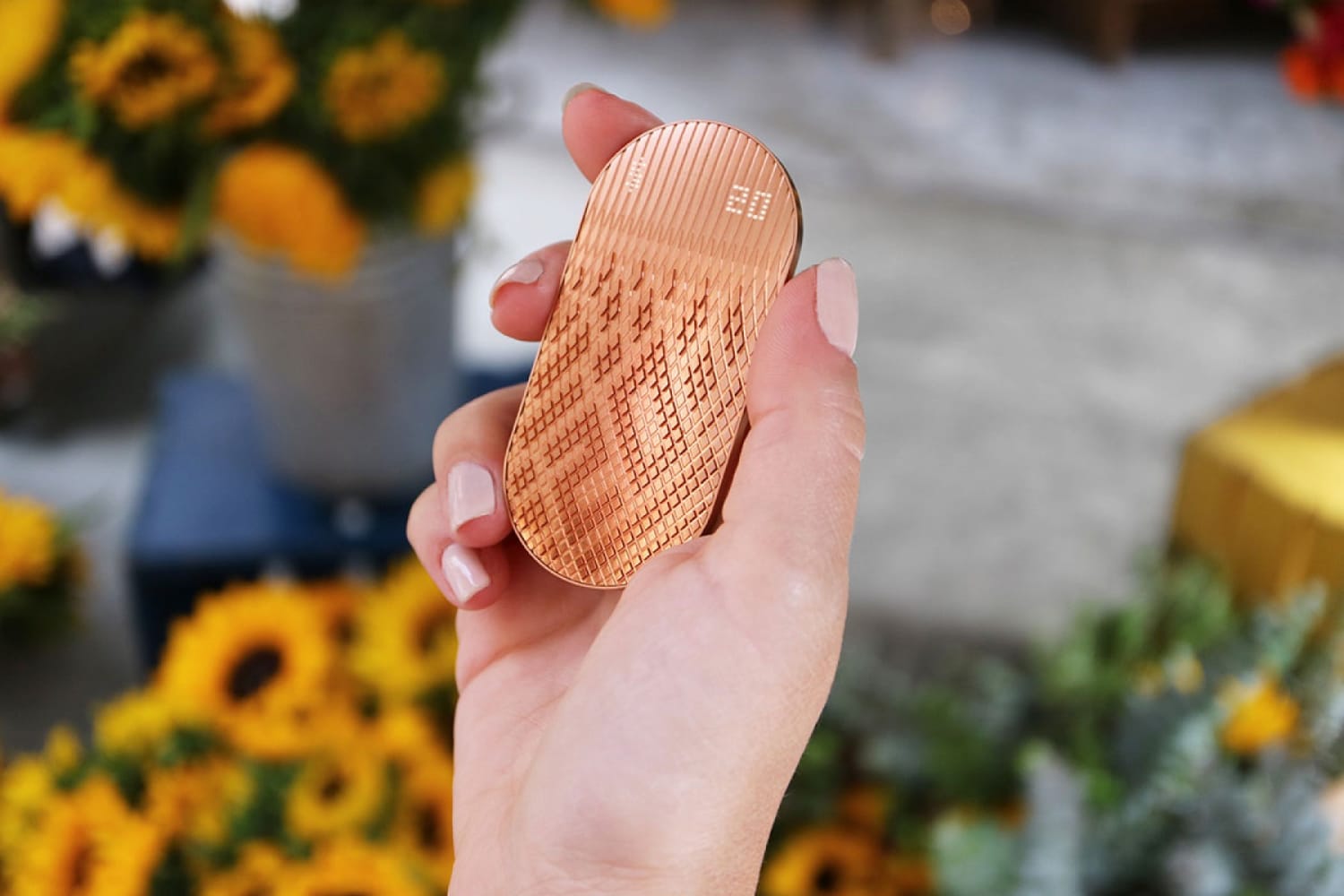“On the other hand, having a physical, tangible connection to our spending money imbues it with beneficial values: exchanging cash boosts oxytocin, loss aversion makes people reluctant to part with their cash, and handling cash even reduces anxiety in people,” Yoo says.
Accordingly, Scrip aims to help consumers control their spending in the digital age. Users have to push down on the surface of the device to make a payment, feeling their money go.
As the world becomes cashless, it is more difficult for consumers to keep on top of their finances. In fact, 59% of British consumers say that a lack of physical cash has led them to spend more. Credit card payments alone have been found to increase consumer spending by 12-18% in comparison to cash payments. Mobile and cash payments are suspected to increase this effect.
Scrip aims to reintroduce the human element to discussions of financial technology, or “FinTech.” Yoo says that when designing cashless payments, it’s important to “create solutions that take into account the value of cash to help us understand our finances better.”
This is not the first time we have seen contactless accessories. Last year, Barclays collaborated with Topshop to create bPay and in June this year they launched their second collection which featured, bracelets, phone cases and key rings as payment methods. Blending technology, design and utility, the device is also reminiscent of the craft electronics presented at London Design Festival 2016.
While there are security concerns that may come with contactless payments, the largest issue is for consumers is how detached they are from their payments. In addition to more spending, research suggests that card payments can affect our food purchases. As digital payments don’t seem “real,” we are less likely to resist unhealthy foods.
With almost a quarter of Brits (24%) finding contactless payments and digital wallet payments “scary” there is scope for improvement. Scrip is a truly valuable prospect for consumers, offering a solution to a cashless, contactless world that can encourage overspending.
Brands that acknowledge these challenges and help consumers manage them can build trust amid the transition to cashless payments.



